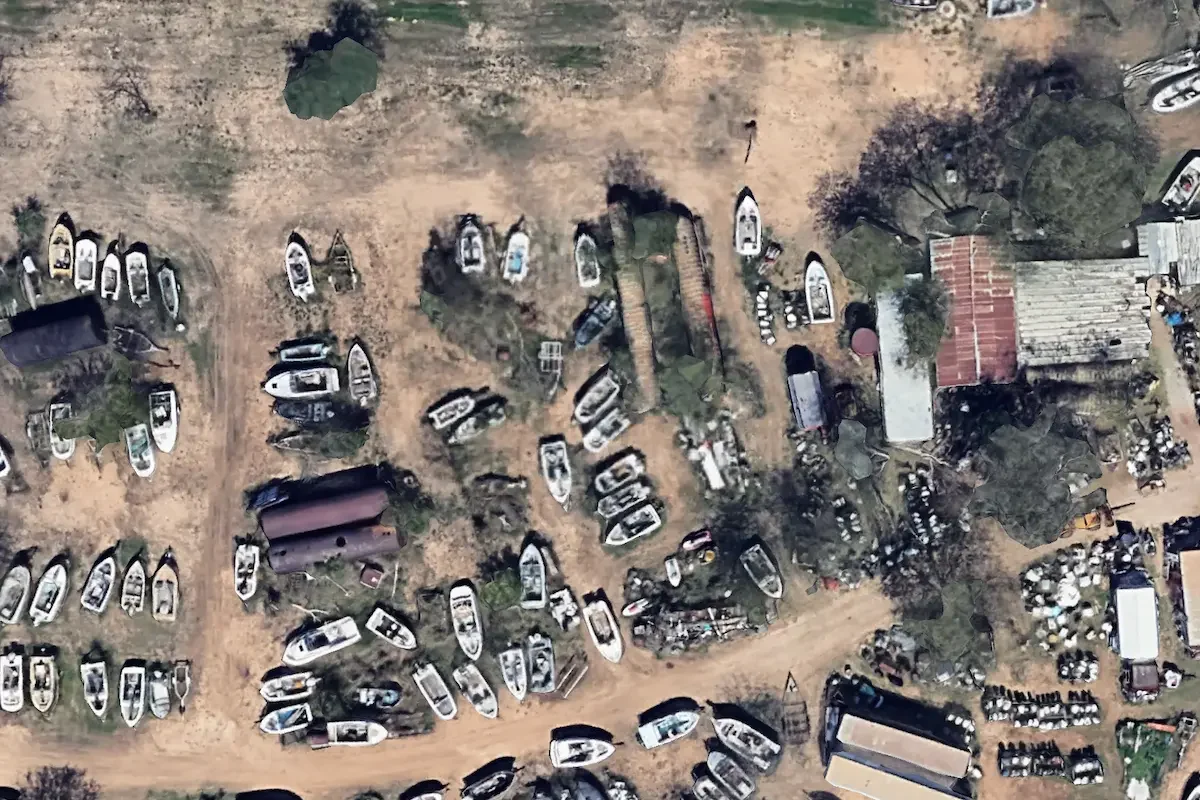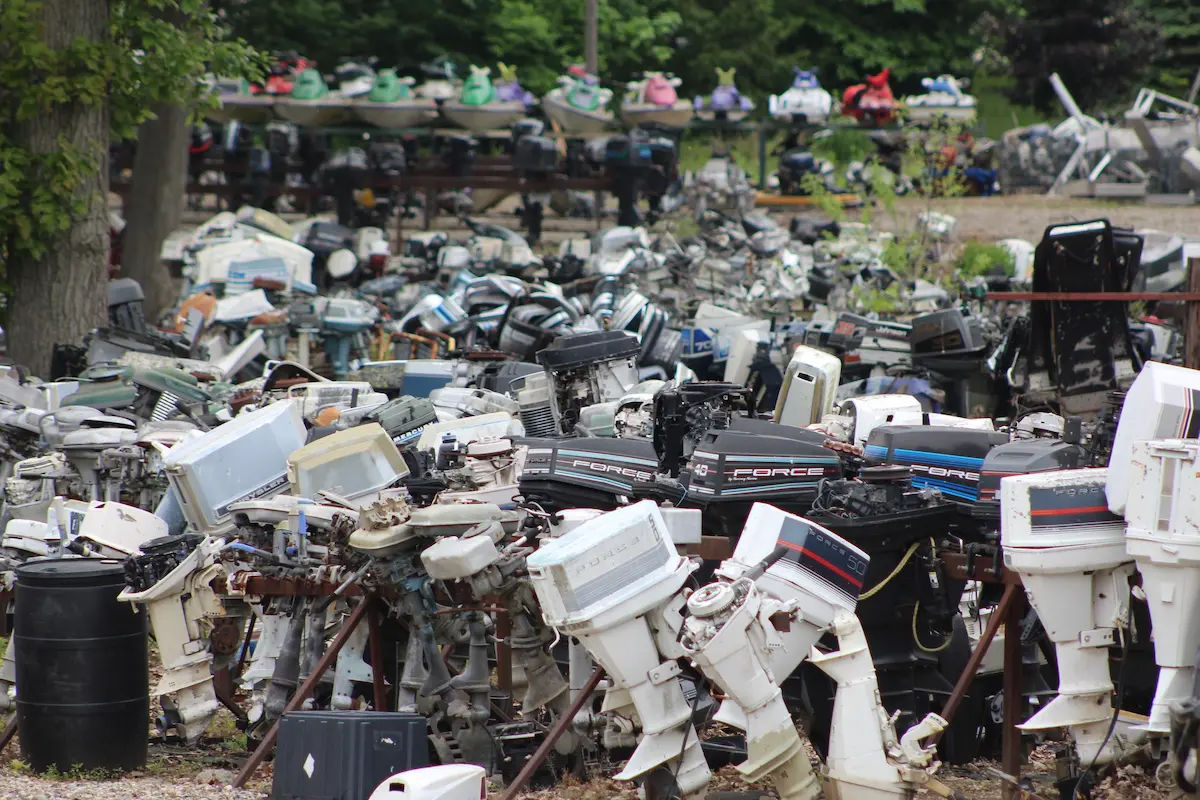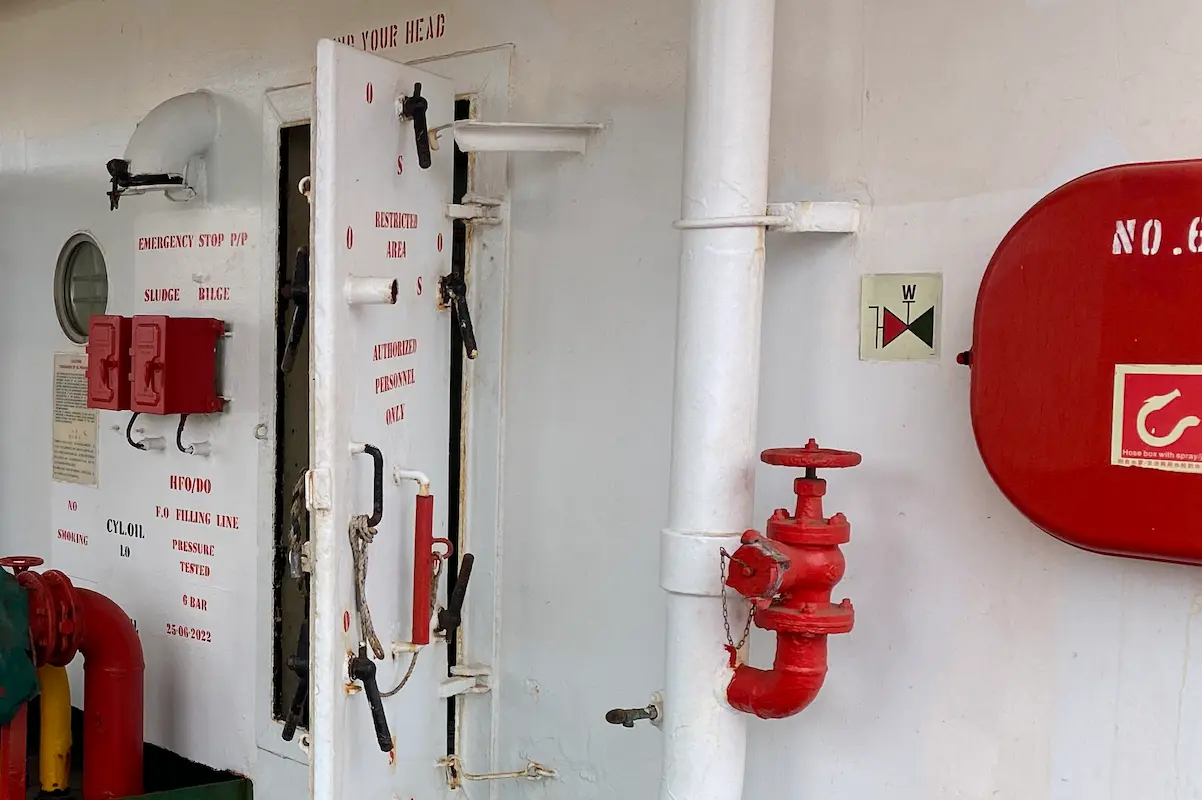Sailboat racing is a thrilling and challenging sport that requires skill, strategy, and knowledge of sailing rules and regulations. One of the essential components of sailboat racing is the use of flags and signals to communicate important information to the sailors.
Sailboat racing flags and signals are a standardized system used to convey messages about the course, starting times, penalties, and other critical information. In this article, we will explore the various sailboat racing flags and signals and their importance in the sport.
The Importance of Sailboat Racing Flags and Signals
Sailboat racing flags and signals are a set of visual cues used to communicate important information to sailors during a race. These signals can indicate the start and end of a race, changes in wind direction, or other important information that can affect a sailor’s strategy.
Understanding these signals is critical for any sailor who wants to compete in a sailboat race. Some common sailboat racing flags and signals include the “preparatory” flag, which indicates the start of the race is imminent, and the “postponement” flag, which indicates a delay in the start of the race.
Sailboat racing flags and signals are essential to the smooth and safe conduct of sailboat races. Without these flags and signals, sailors would be unable to navigate the race course safely or understand the starting times, course changes, or penalties.
Flags and signals provide a standardized system of communication that ensures that all sailors have the same information at the same time. This, in turn, promotes fair competition and ensures that all sailors have an equal opportunity to win.
The Basic Sailboat Racing Flags and Signals
The World Sailing (WS) is the world governing body for the sport of sailing (until 14 November 2015 named as International Sailing Federation or ISAF) and has established a standardized system of sailboat racing flags and signals that are used worldwide. These flags and signals communicate essential information about the race, such as the starting times, course changes, penalties, and finish line. Below are the most common sailboat racing flags and signals:
The Preparatory Signal
The preparatory signal is the first signal made before the start of a sailboat race. This signal indicates that the race is about to start and that the boats should be prepared to start racing. The preparatory signal is usually made 5 to 10 minutes before the start of the race, depending on the size and type of race.
During the preparatory signal, the race committee displays the preparatory flag, which is a solid white flag with a blue horizontal stripe. The preparatory flag is displayed until the starting signal is made. Boats that cross the starting line before the starting signal is made are considered to have started early and may be penalized.
The Starting Signal
The starting signal is the second signal made in a sailboat race. This signal indicates that the race has officially started, and the boats can begin racing. The starting signal is usually made immediately after the preparatory signal, although there may be a delay if conditions are not suitable for racing.
The starting signal is made using the starting gun or horn. Boats must cross the starting line after the starting signal is made, or they will be considered to have started late and may lose valuable time.
The General Recall Signal
The general recall signal is made when the race committee determines that the starting sequence has not been fair or equal for all boats. This signal indicates that the race will be restarted.
During the general recall signal, the race committee displays the first substitute flag, which is a blue and white flag with a blue square in the center. Boats must return to the starting line and prepare to start again.
The Individual Recall Signal
The individual recall signal is made when a specific boat is identified as starting early. This signal indicates that the identified boat must return to the starting line and start again.
During the individual recall signal, the race committee displays the X flag, which is a black flag with a white square in the center. The identified boat must return to the starting line and start again after all other boats have started.
The Postponement Signal
The postponement signal is made when conditions are not suitable for racing. This signal indicates that the start of the race will be delayed until conditions improve.
During the postponement signal, the race committee displays the AP flag, which is a solid blue flag. Boats must return to the starting area and wait for further instructions.
The Abandonment Signal
The abandonment signal is made when conditions become too dangerous for racing. This signal indicates that the race will be abandoned, and all boats must return to shore.
During the abandonment signal, the race committee displays the N flag, which is a solid black flag. Boats must stop racing and return to shore immediately.
The Shortened Course Signal
The shortened course signal is made when conditions are not suitable for completing the full race course. This signal indicates that the race course will be shortened to ensure the safety of the boats and sailors.
During the shortened course signal, the race committee displays the S flag, which is a solid white flag with a blue square in the center. Boats must complete the shortened course and cross the finish line.
The Finish Signal
The finish signal is the final signal made in a sailboat race. This signal indicates that the race is over, and the boats have completed the race course. The finish signal is usually made when the boats cross the finish line.
During the finish signal, the race committee displays the finishing flag, which is a solid white flag with a blue vertical stripe. Boats must cross the finish line and complete the race. The boats are then ranked based on the order in
Additional Sailboat Racing Flags and Signals
In addition to the basic sailboat racing flags and signals, there are other flags and signals used in sailboat racing. These flags and signals communicate additional information about the race, such as penalties and rule enforcement. Below are some additional sailboat racing flags and signals:
The Penalty System
In sailboat racing, the penalty system is an important mechanism to ensure fair play and discourage cheating. The penalty system involves the use of penalty turns, which is a requirement for a boat to make a 360-degree turn as a result of committing a rule violation. The penalty turns must be completed as soon as possible, and failure to do so will result in further penalties.
The penalty system is signaled by the display of the “yellow flag” by the race committee boat. This flag is accompanied by a horn blast, which signifies that a penalty has been given to a boat. If a boat receives a penalty, it must complete the penalty turns as soon as possible.
The Black Flag Rule
The black flag rule is a sailing rule that is used to discourage boats from starting too early. Under this rule, if a boat is over the starting line when the starting signal is given, it is disqualified from the race.
The black flag is signaled by displaying a black flag with a white square in the middle. This flag is displayed with the one-minute signal before the start of the race. If a boat is over the starting line when the race starts, and the black flag is displayed, the boat is disqualified.
The Blue Flag Rule
The blue flag rule is used to indicate that a boat is in danger and requires assistance. The blue flag is displayed by a boat that requires assistance, and this signal must be acknowledged by other boats in the race.
The blue flag is displayed by a boat in distress or requiring assistance, and other boats must immediately make way for the distressed boat. If a boat fails to acknowledge the blue flag signal, it may be subject to penalties.
The Red Flag Rule
The red flag rule is used to signal that a race has been stopped due to an emergency situation. The red flag is displayed by the race committee boat, and all boats must immediately stop racing.
If the red flag is displayed, all boats must immediately stop racing and proceed to the designated area. The race will be restarted once the emergency situation has been resolved.
Conclusion
Sailboat racing flags and signals are a crucial part of the sport of sailboat racing. They provide a standardized system of communication that ensures fair competition and safe racing. Understanding these flags and signals is essential for all sailors who want to compete in sailboat racing.
- Boat Salvage Yards in Texas – January 18, 2025
- 7 Boat Salvage Yards in Michigan – January 15, 2025
- Fire Hose SOLAS Requirements, Regulation 10: Ensuring Maritime Safety – January 9, 2025




